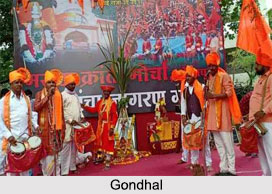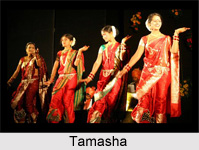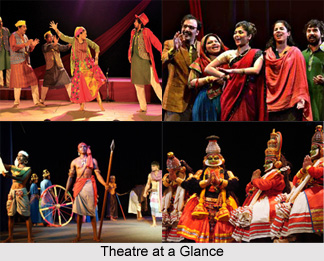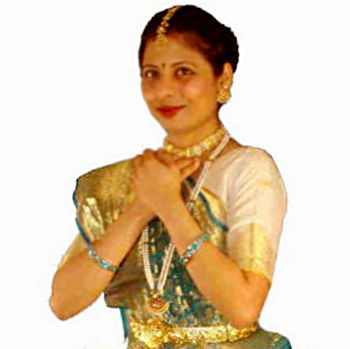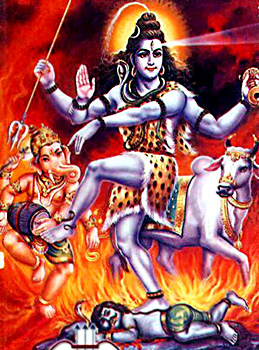 Origin of Indian theatre finds its place in the Natyashastra by Bharata. The character of the traditional account of the origin of the Indian theatre is mentioned in the text by Bharata. According to it, Gods implored Lord Brahma to produce something to play which could be seen as well as heard and would profit one and all. Thus Brahma took recitation from the Rig Veda, song from Sama Veda, the art of acting from the Yajur Veda, and aesthetic sentiment from the Atharva Veda and eventually the new Natyaveda came into being. The Natyaveda of Brahma was given to Bharata to make it known to the mankind. Bharata with his troupe of gandharvas and apsaras performed natya, nritta, and nritya before Lord Shiva. The majestic dance of Lord Shiva was also incorporated. Instructions of lasya and tandava were given by Parvati and Tandu respectively. From the gods and goddesses the art was handed down to the mortals. Art forms, music, dance and mime are an integral part of Indian theatre.
Origin of Indian theatre finds its place in the Natyashastra by Bharata. The character of the traditional account of the origin of the Indian theatre is mentioned in the text by Bharata. According to it, Gods implored Lord Brahma to produce something to play which could be seen as well as heard and would profit one and all. Thus Brahma took recitation from the Rig Veda, song from Sama Veda, the art of acting from the Yajur Veda, and aesthetic sentiment from the Atharva Veda and eventually the new Natyaveda came into being. The Natyaveda of Brahma was given to Bharata to make it known to the mankind. Bharata with his troupe of gandharvas and apsaras performed natya, nritta, and nritya before Lord Shiva. The majestic dance of Lord Shiva was also incorporated. Instructions of lasya and tandava were given by Parvati and Tandu respectively. From the gods and goddesses the art was handed down to the mortals. Art forms, music, dance and mime are an integral part of Indian theatre.
The earliest representation of Indian theatre is related with the religious observances of the people. In the Rig Veda there are certain hymns in the form of dialogues and some of which contain dramatic flavour consisting of conversation, speech and repartee. The Sama Veda with the hymns set to tune clearly illustrate that the art of music was fully developed in the Vedic Age. Vedic sacrifices were basically a mimesis. The Ramayana refers to nata, nartaka, nataka, dances and theatrical acts in cities and palaces. References of festivals and concourses are also heard of where actors and dancers delighted themselves. Even in the other epic, the Mahabharata, there are reference to dramatic terms like nata, nartaka, gayakas and sutradhara. Harivamsha, which is which is a continuation of the Mahabharata, makes explicit reference to the drama. Actors used to produce a drama out of the Ramayana legend. It makes direct mention of a dramatic treatment of the Ramayana.
Apart from the epics, there are some Indian Puranas where references to the representation of plays are found. In the Srimadbhagavata Purana, reference is made to actors. In the Markandeya Purana, it`s found that Rtadhvaja, son of king Sakrajit, was fond of dramatic performance and passed his days amusingly in the cultivation of poetry, music and drama. The Arthashastra by Kautilya also supplies with a thoughtful insight on the various aspects of Indian theatre. The maintenance and working of the Natakamandali finds special mention in the Arthashastra. It is stated in the text that if any Natakamandali came from another country to present a play on the stage, it was required to pay a certain amount to the king. It was the king`s duty to provide teachers for women, who acted on the stage, to teach them such arts as singing, dancing, acting, writing, painting, playing on instruments, preparing garlands and ornamenting the body with different materials.
Indian theatre thus dates back to the Vedic period and later it was established as an art form. The Natyashastra by Bharata is an exposition on the structure and purpose of Indian theatre.
